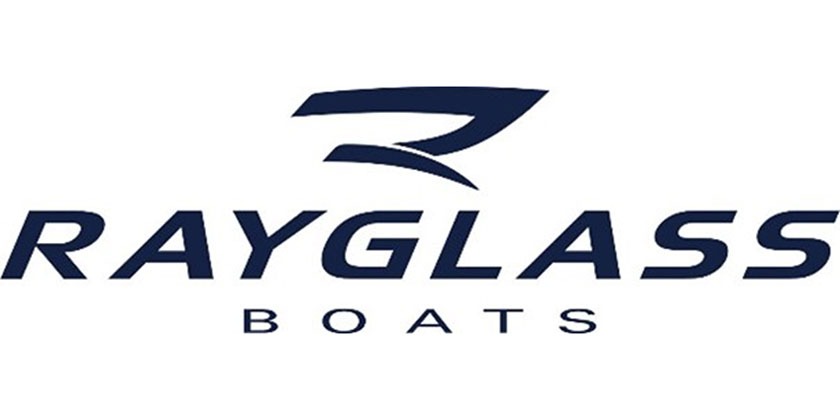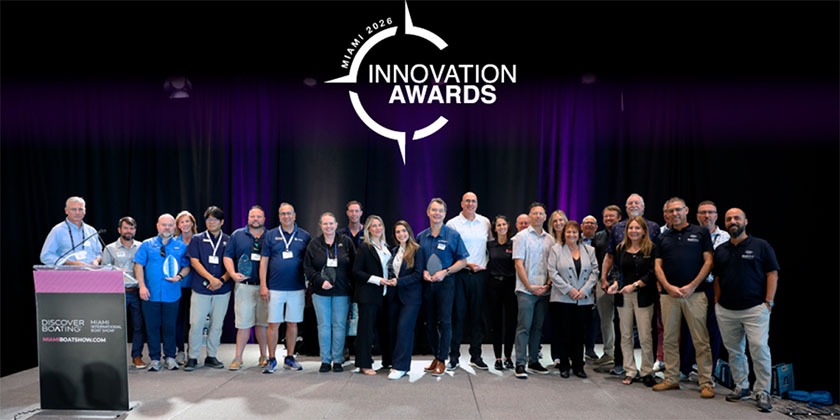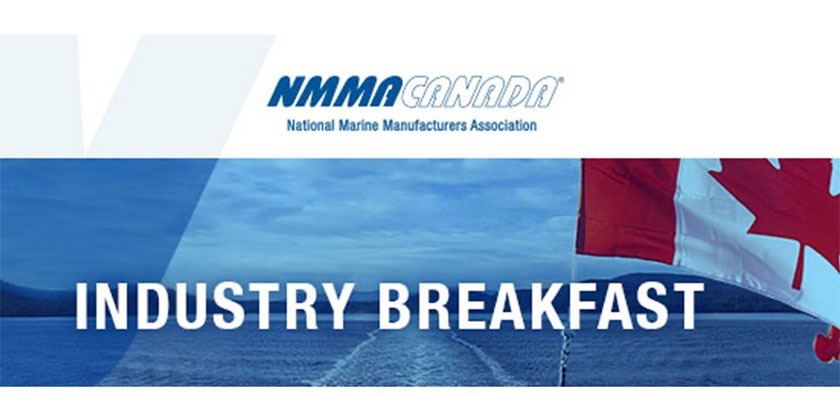BRP Revives Plan To Go Public
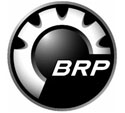
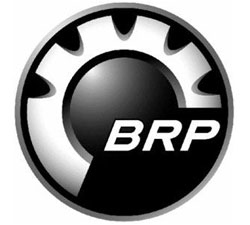 The Financial Post newspaper has reported that Ski-Doo maker BRP Inc. is quietly reviving plans to go public, benefitting from double-digit growth in new motorsport markets such as Russia and capitalizing from a retreat by Asian rivals.
The Financial Post newspaper has reported that Ski-Doo maker BRP Inc. is quietly reviving plans to go public, benefitting from double-digit growth in new motorsport markets such as Russia and capitalizing from a retreat by Asian rivals.
The American owners of the Quebec company, formerly known as Bombardier Recreational Products, have a “horizon of two to five years” from now to monetize their investment — likely through an initial public offering, BRP chief executive José Boisjoli said during an interview at the manufacturer’s headquarters in the Eastern Townships.
Boston private-equity firm Bain Capital is the largest shareholder in BRP with a 50% stake.
“They are not in a hurry. As long as they see value creation, they’ll hold onto it,” Mr. Boisjoli said of Bain, which was co-founded by Republican presidential hopeful Mitt Romney. “[But] it will happen.”
The company’s founding Bombardier-Beaudoin family holds 35% and pension fund manager Caisse de dépôt et placement du Québec has the remaining 15%, are not expected to divest their interests in the near-term.
Bain bought 80% of Montreal discount retailer Dollarama Inc. in 2004 before engineering an IPO of the stock five years later. This summer, it cashed out its remaining Dollarama shares for gross proceeds of about US$300-million. The investment firm has held BRP with its partners for eight years now following the snowmobile manufacturer’s spinoff from Bombardier Inc.
Mr. Boisjoli said Bain told him they’d give him a six-months heads up to get the company ready for a public offering. The period was shorter for Dollarama, he noted.
“We’re almost ready. If they were to tell me tomorrow, it could be public very quickly,” Mr. Boisjoli said. Bain declined to comment.
Previous plans to take BRP public in 2008 were derailed after New-York based Lehman Brothers Holdings Inc. collapsed that September, triggering losses and write-downs for financial institutions worth almost US$1-trillion and plunging the world into recession. The global economy still hasn’t recovered and neither has BRP.
That autumn was not pretty for the maker of snowmobiles and personal watercraft.
BRP’s nearly $3-billion in annual revenue dropped 40% over the next six months. The company laid off 2,000 workers, a big chunk of them in its home base of Valcourt. Dealers were stuck with a glut of stock they couldn’t sell as they scrambled to pay interest to lenders who had financed their inventory. Roughly 15% of them went bankrupt. The Quebec government stepped in with a $50-million emergency loan allowing BRP to continue its research and development projects.
“Nobody saw it coming, and bang, it hit,” Mr. Boisjoli recalled. “It was a bloodbath.”
Out of the wreckage, a smaller and more nimble BRP has emerged. It’s profitable again, according to the chief executive. And last month it repaid the government loan.
But it still hasn’t restored its pre-crisis revenue and production volumes. The company was cranking out about 300,000 units per year at its assembly plants before the recession. Today, it’s back to 70% of that number. Annual sales have followed a similar path.
On a recent day in October, BRP’s Valcourt main Ski-Doo/Sea-Doo factory was buzzing as workers put together the latest Renegade snowmobile models and packed them in boxes for shipping. The company’s average price for a Ski-Doo is $12,000. The hottest market for them these days? Russia.
Mr. Boisjoli is just back from a trip to Siberia, in fact. A gift of small fur-lined skis from one of his dealers in Krasnoyarsk stands tucked in the corner of his office.
In the executive’s words, BRP builds “toys for grown people.” And it turns out that Russians like their toys about as much as anyone.
BRP sales in the country are growing at 20% to 30% a year at the moment. Russian officials have even visited Quebec to study the province’s unique snowmobile trail system, which sees farmers give up 34,000 km of their land every winter for riders to use. Russia has now carved out 2,000 km and counting of dedicated groomed trails of its own.
Power sports vehicle buyers in eurozone nations including Germany and France are pulling back as the sovereign debt disaster rages. But in oil-rich Russia, consumers and company earnings are proving surprisingly resilient.
“Unlike in 2008, when companies and oligarchs were desperately trying to raise capital, so far in 2011 they have been buying back equity,” Roland Nash, senior partner at Russian investment specialist Verno Capital, wrote in a recent commentary. It “illustrates a confidence that is very different from [three years ago].”
Mr. Boisjoli is also showing a renewed confidence. He says that one key thing that has changed coming out of the recession is that Japanese rivals are less aggressive in North America than they used to be, which is creating a major opportunity for BRP to gain more share in a market that represents just over half of all its sales.
Yamaha Motor Co. no longer makes a side-by-side offroad vehicle to compete with BRP and Polaris Industries Inc., even though it remains a growing segment. Japanese manufacturers have also considerably reduced their advertising spend on the continent, according to separate sources.
“We’re not seeing nearly the pressure” from the Japanese that we used to see, particularly on the two-person ATVs, said Mark Smith, an analyst with Feltl & Co. Securities in Minneapolis. He has a buy rating on shares of Arctic Cat Inc. and Polaris, both companies based in Minnesota.
The big picture for makers of motorsport vehicles in the United States is that their customers — typically high wage earners with significant disposable income — pulled back so much over the past three years that they’re now ready to spend again, Mr. Smith says. He notes that the rural economy in the United States is doing much better than urban economy because of growing farmer incomes. “We think that’s another thing that has pushed demand for [sleds and ATVs] higher.”
Mr. Boisjoli is a farm boy himself, growing up riding snowmobiles and motocross bikes in the town of Wickham near Drummondville, Que. He and his wife still ride BRP vehicles on the weekends for fun. He remains closely involved with product development.
What’s coming next? Bet on an entry-level Spyder three-wheeler to complement the mid-priced and high-end models. Bet on new versions of its side-by-side to fill out that lineup. Otherwise, the company will bear down and try to win more share with its existing vehicles in more corners of the world. And pray another global recession is avoided.
“We have a few years in front of us focusing only on this,” Mr. Boisjoli says. “It will be enough.”








